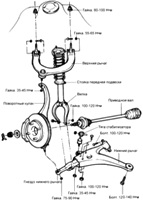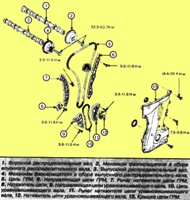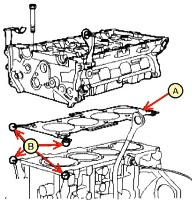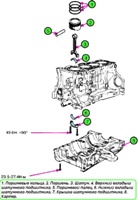The hydraulic drive of the brakes is pumped to remove air that got there when filling with liquid after replacing it or after repairing the hydraulic drive units associated with its depressurization
Signs of the presence of air in the hydraulic actuator:
- - increase in pedal travel, its "softness" when the pedal is pressed once;
- - a gradual decrease in pedal travel with a simultaneous increase in its "stiffness" when you press the pedal again.
Before pumping the hydraulic drive, it is necessary to detect and eliminate the cause of depressurization.
Preparing the car for the task.
We install the car on a lift or a viewing ditch
Remove the cap from the reservoir of the master cylinder and fill it with brake fluid
It should be borne in mind that brake fluid dissolves paint, plastic and wire insulation, so if fluid accidentally gets on car parts, you need to rinse them with water.
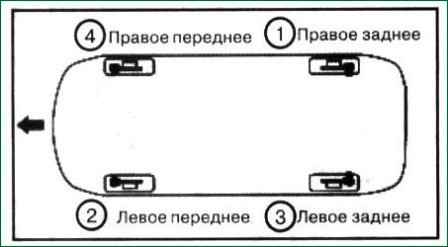
You need to remove air from the system in the following sequence:
- - rear right wheel;
- - front left wheel;
- - left rear wheel:
- - right front wheel.
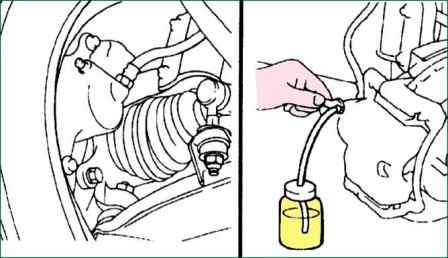
We unscrew or remove the cover from the bleeder of the working brake cylinder and attach one end of the transparent hose to it
Insert the other end of the hose into a glass container of sufficient volume, half filled with brake fluid
Help slowly press the brake pedal several times
With the brake pedal depressed, loosen the bleed valve with a wrench and bleed air from the hydraulic system.
Tighten the bleed valve and the assistant releases the brake pedal
Repeat these operations until the brake fluid comes out without air bubbles
Tighten the bleed screw. Tightening torque 7-13 Nm







